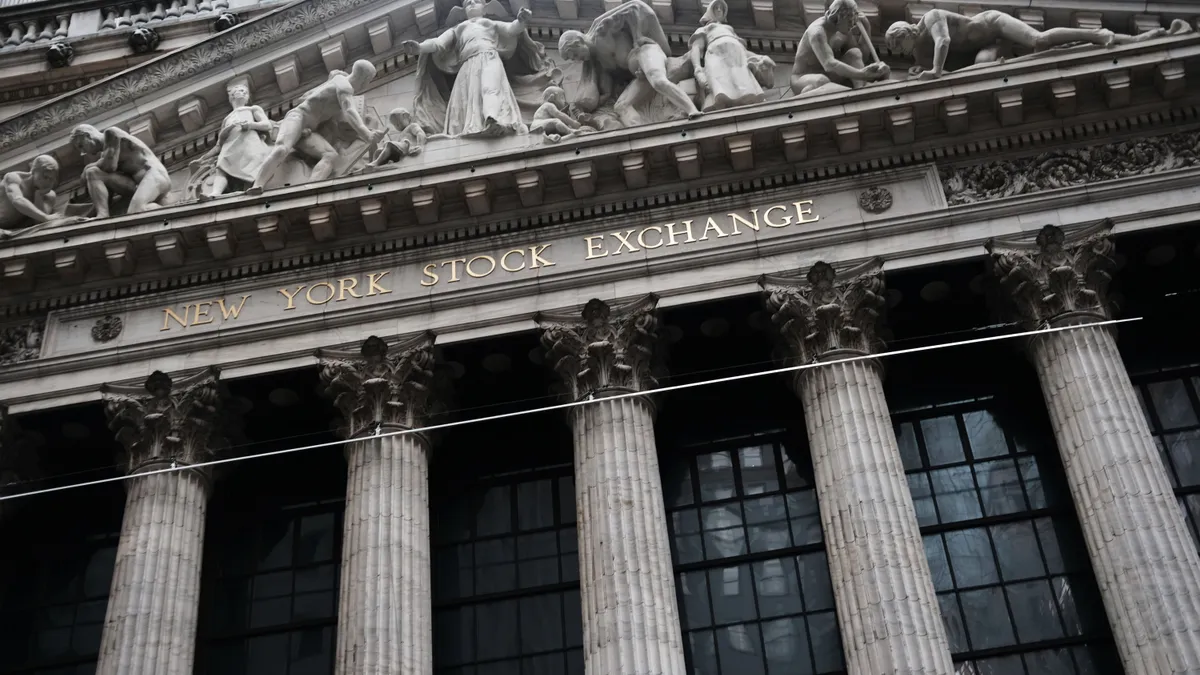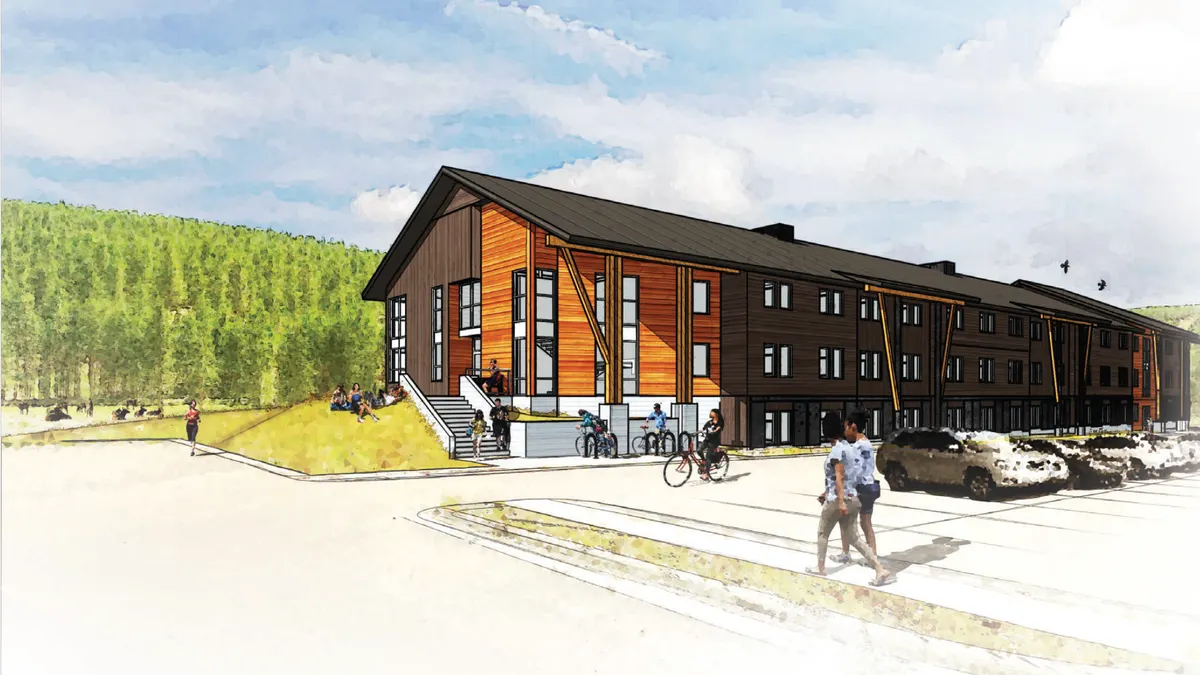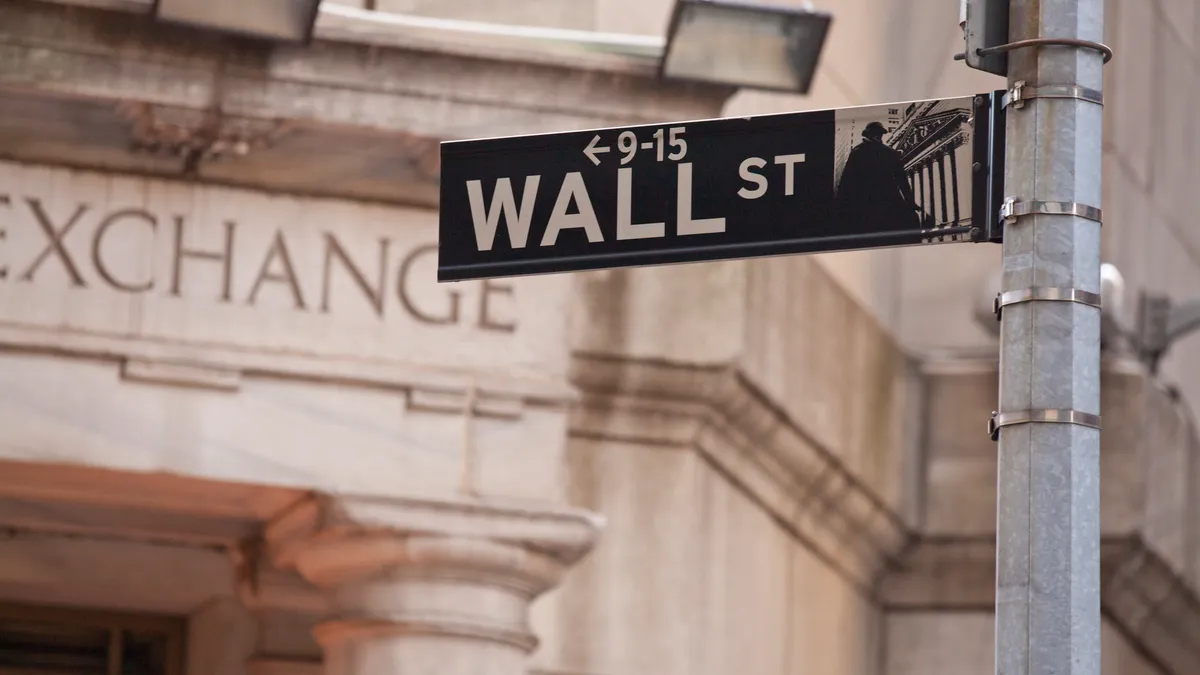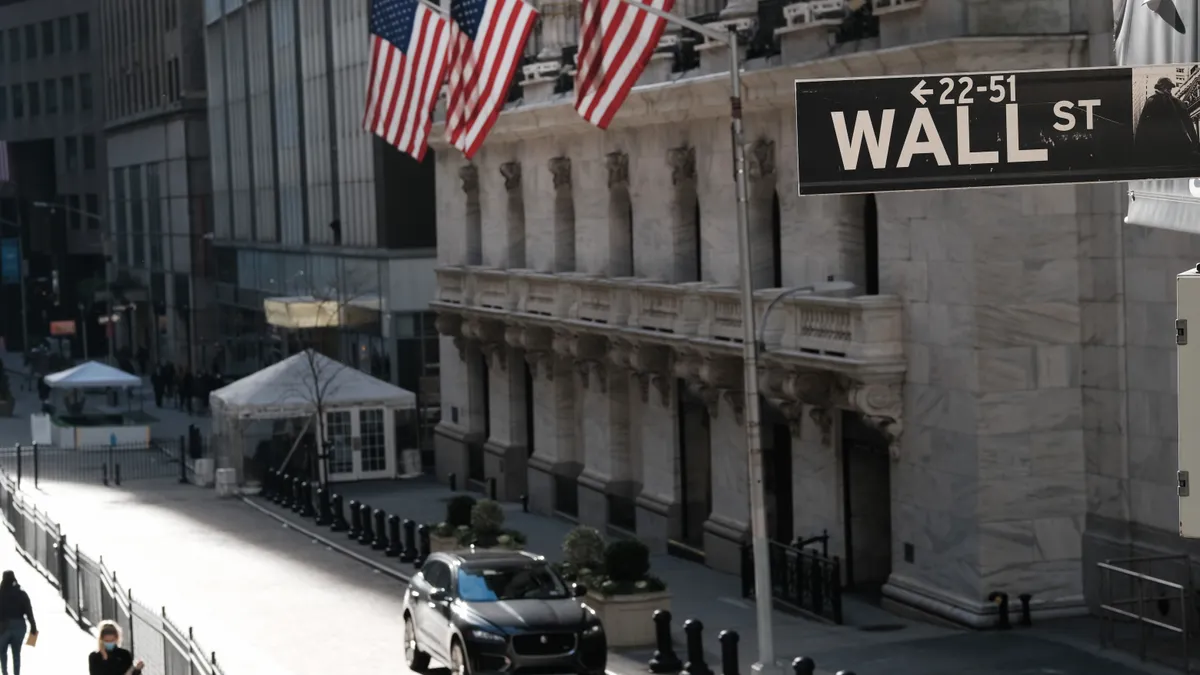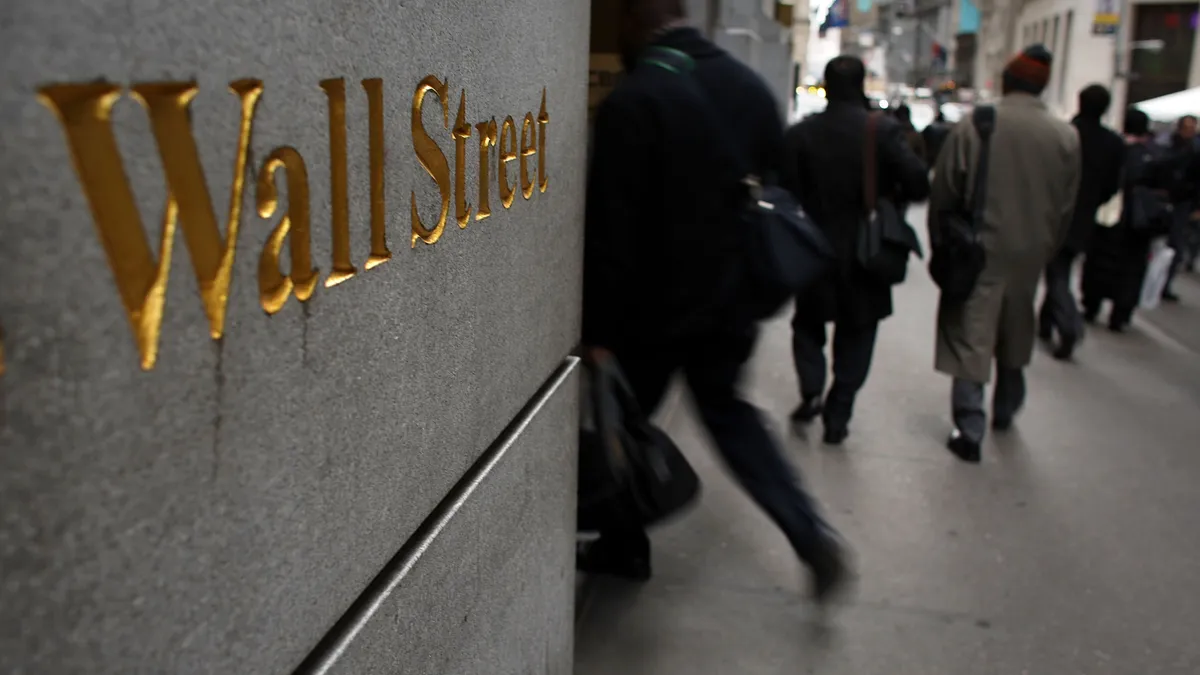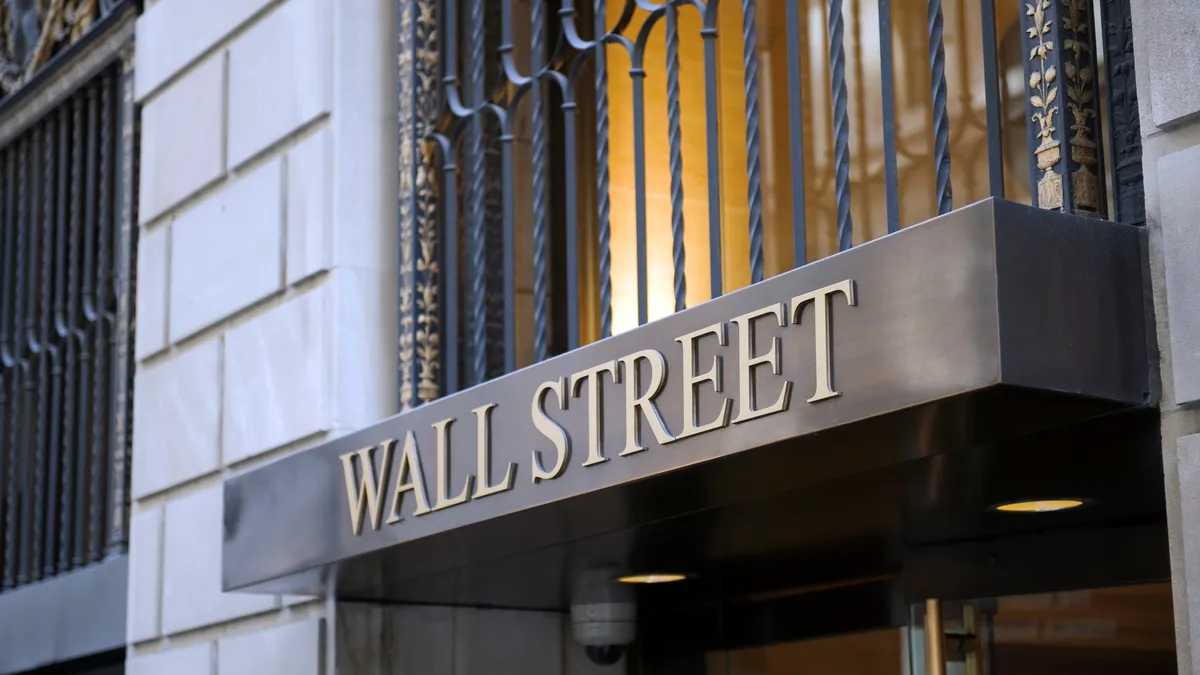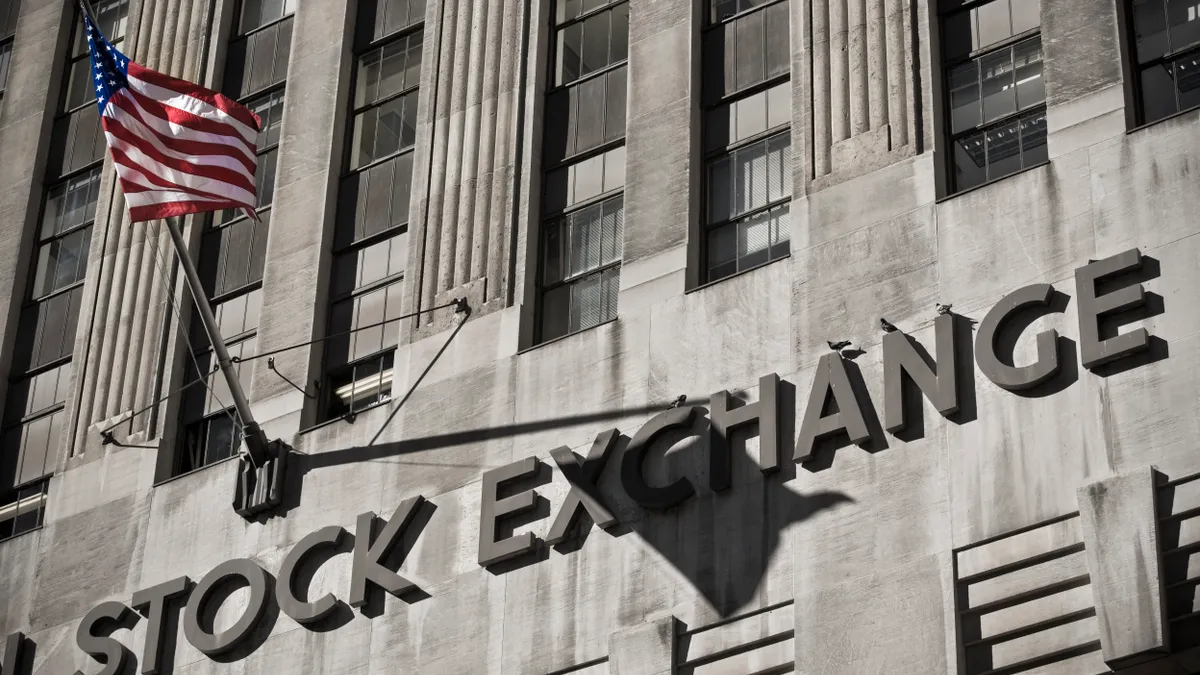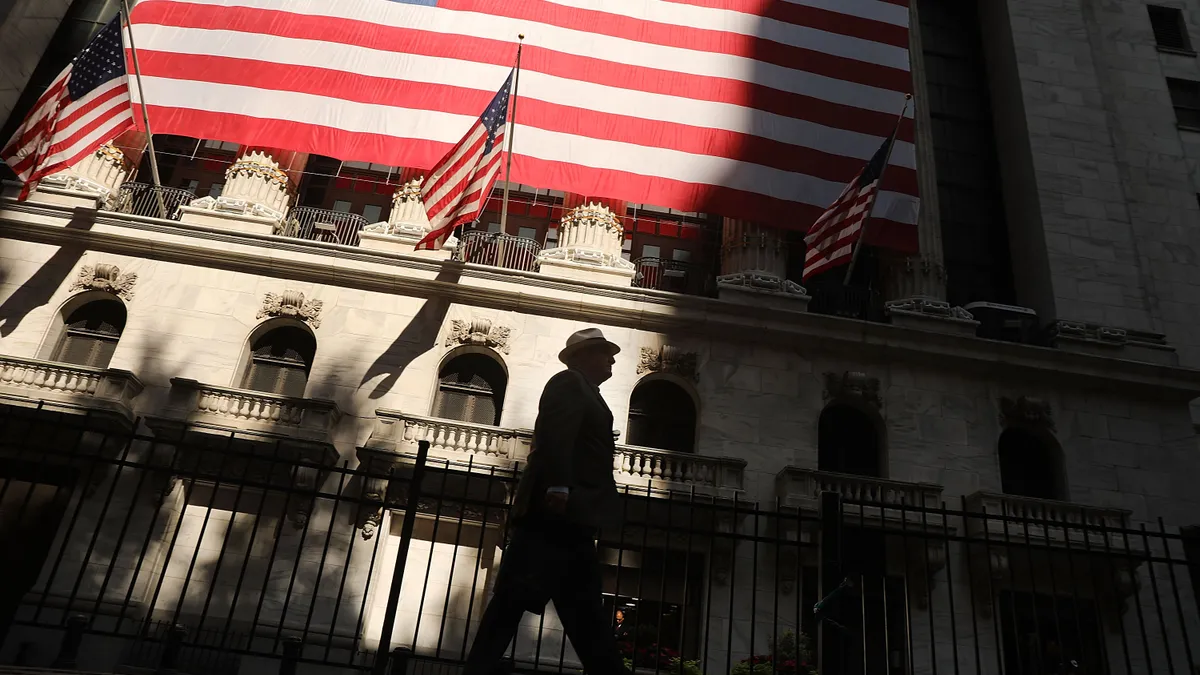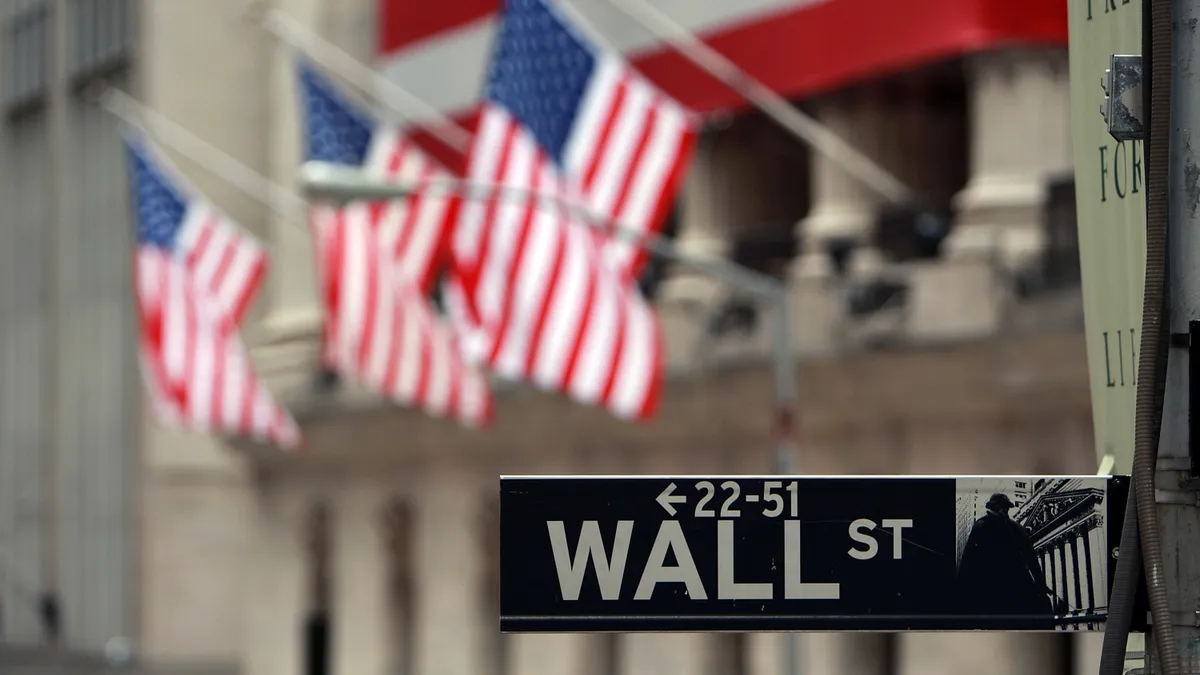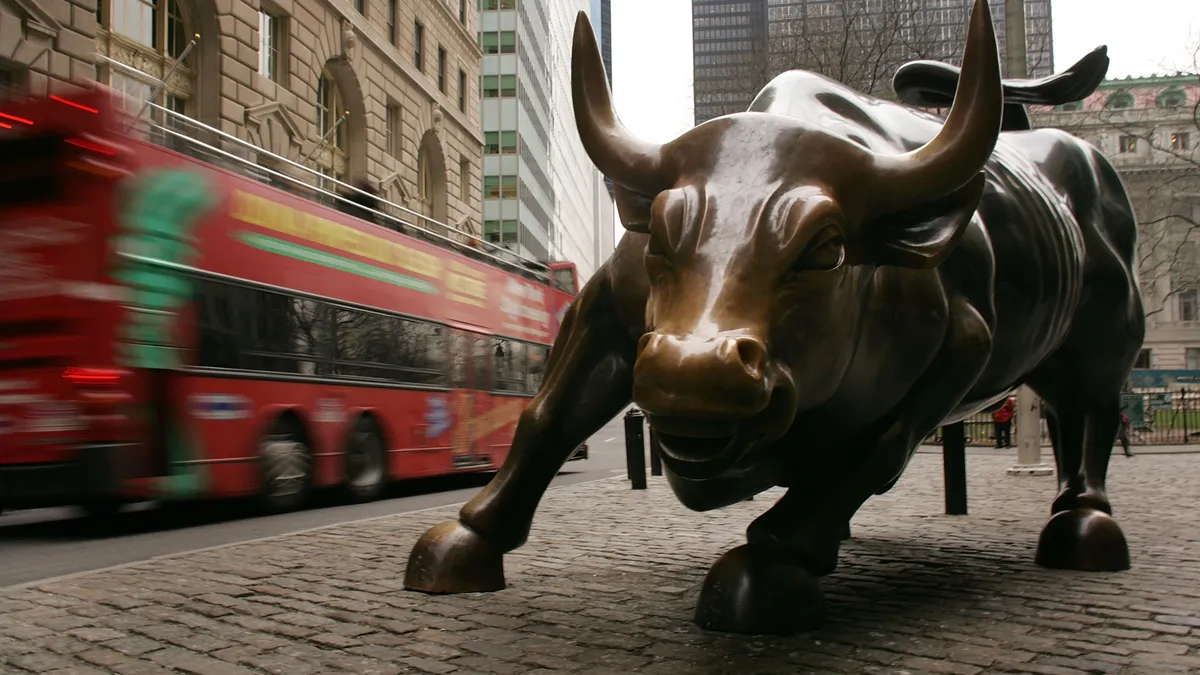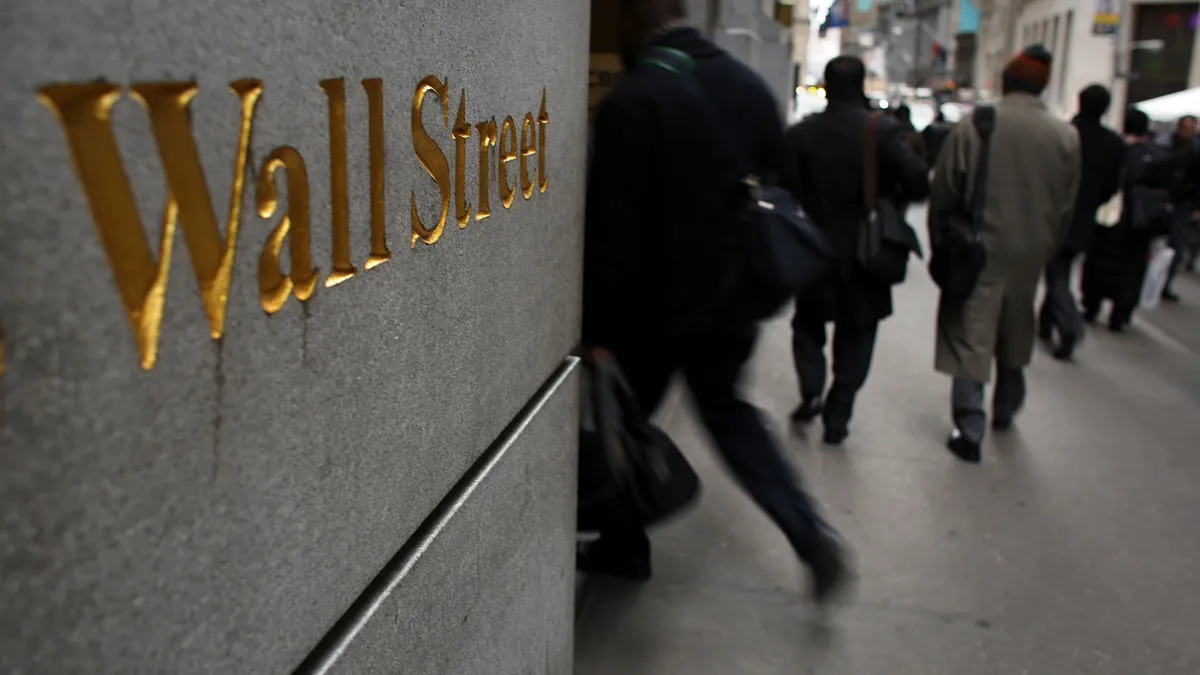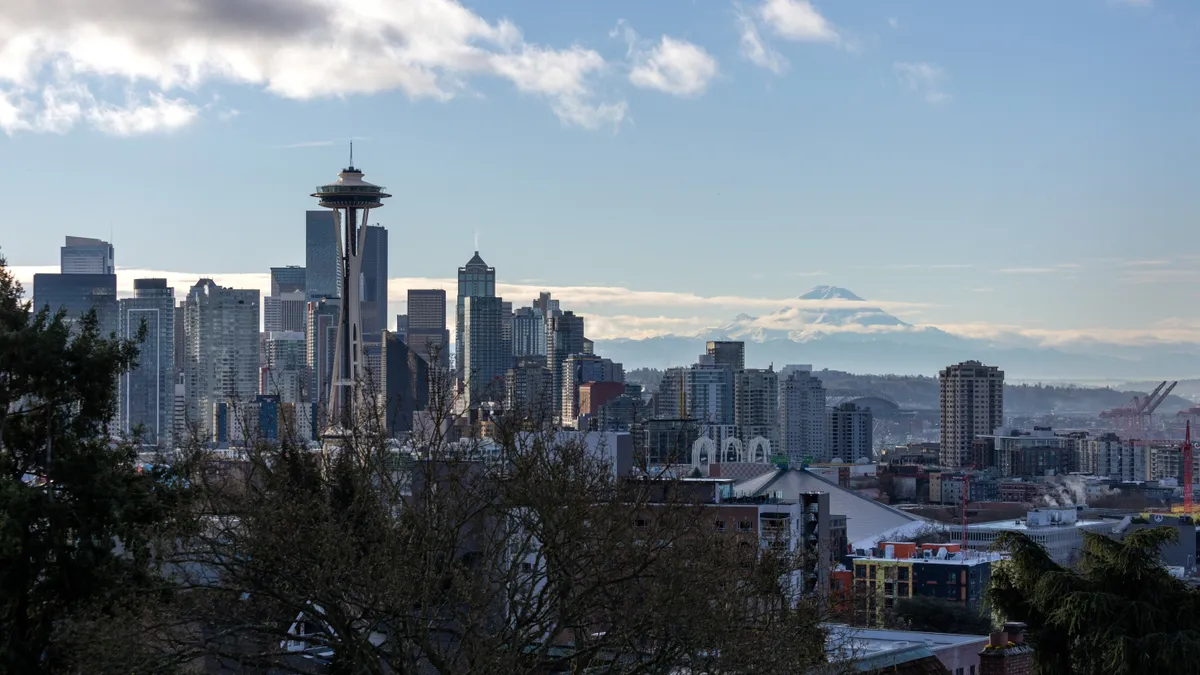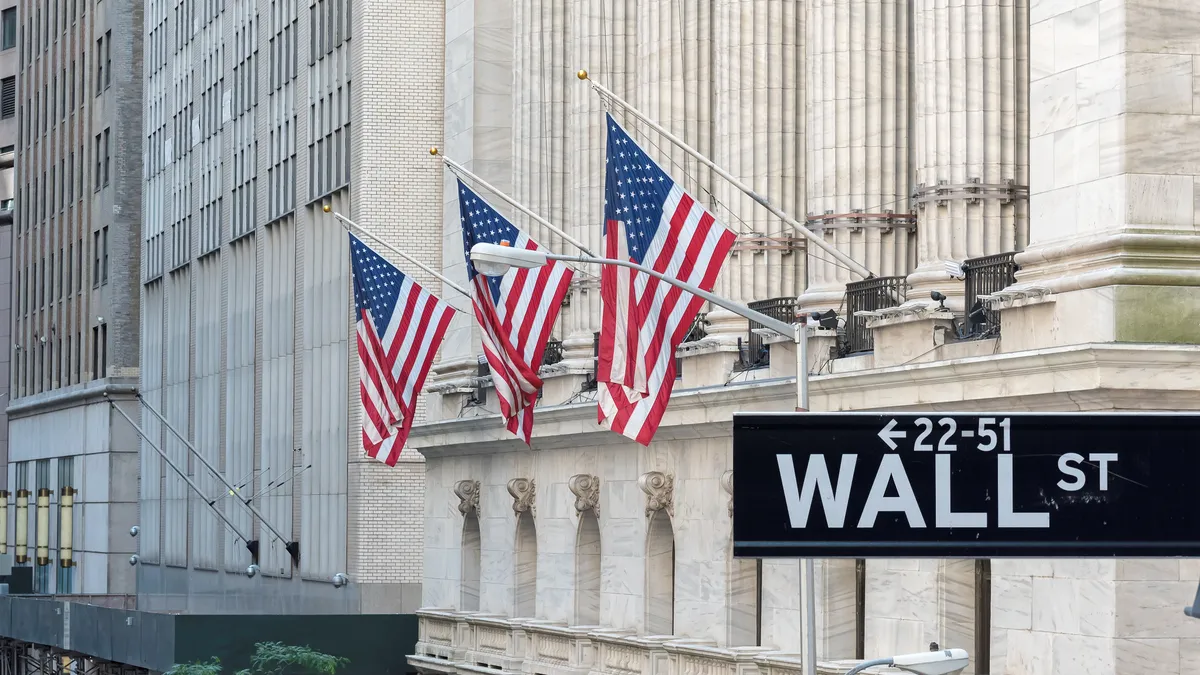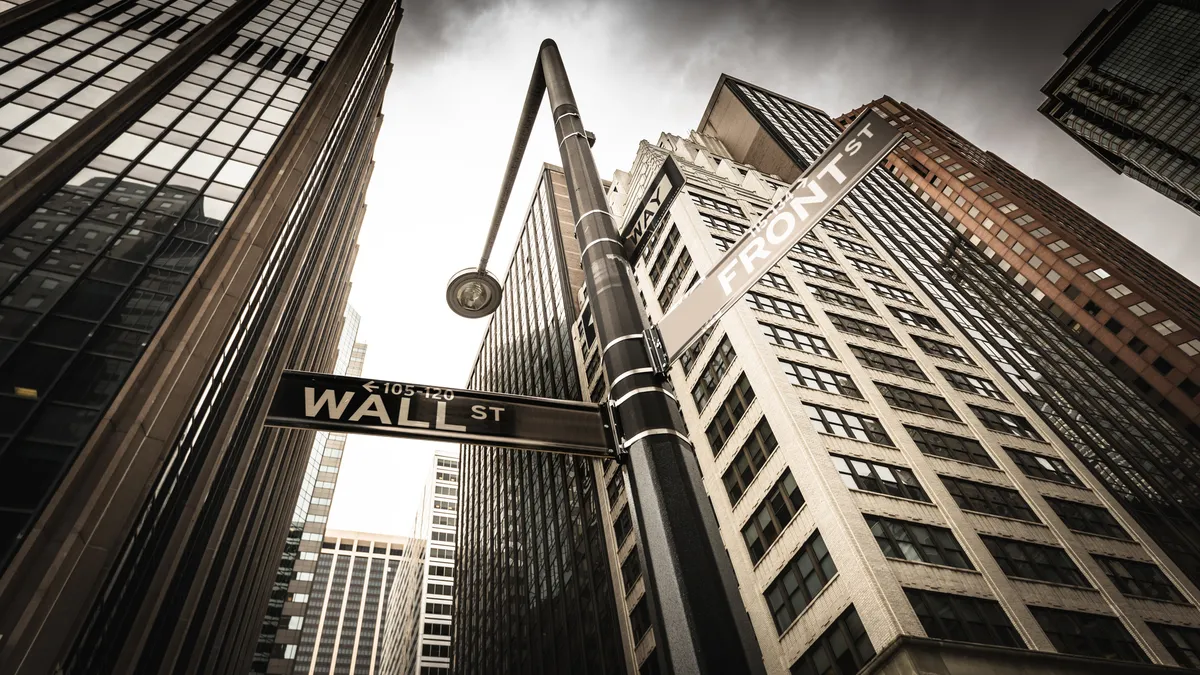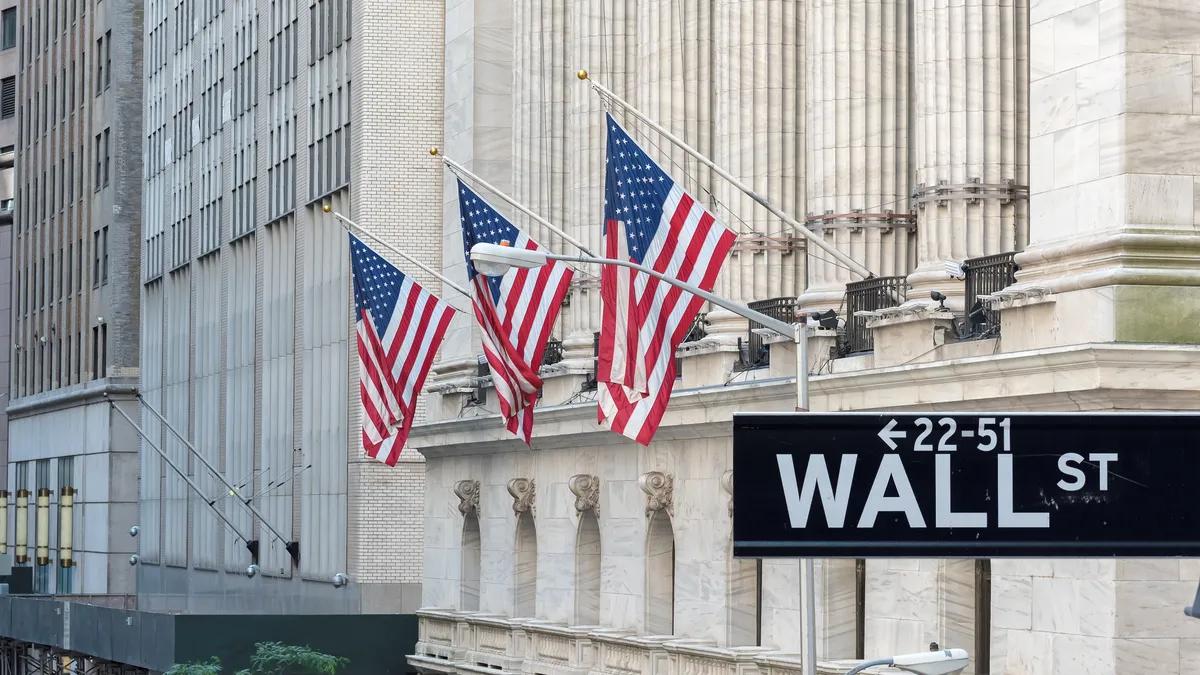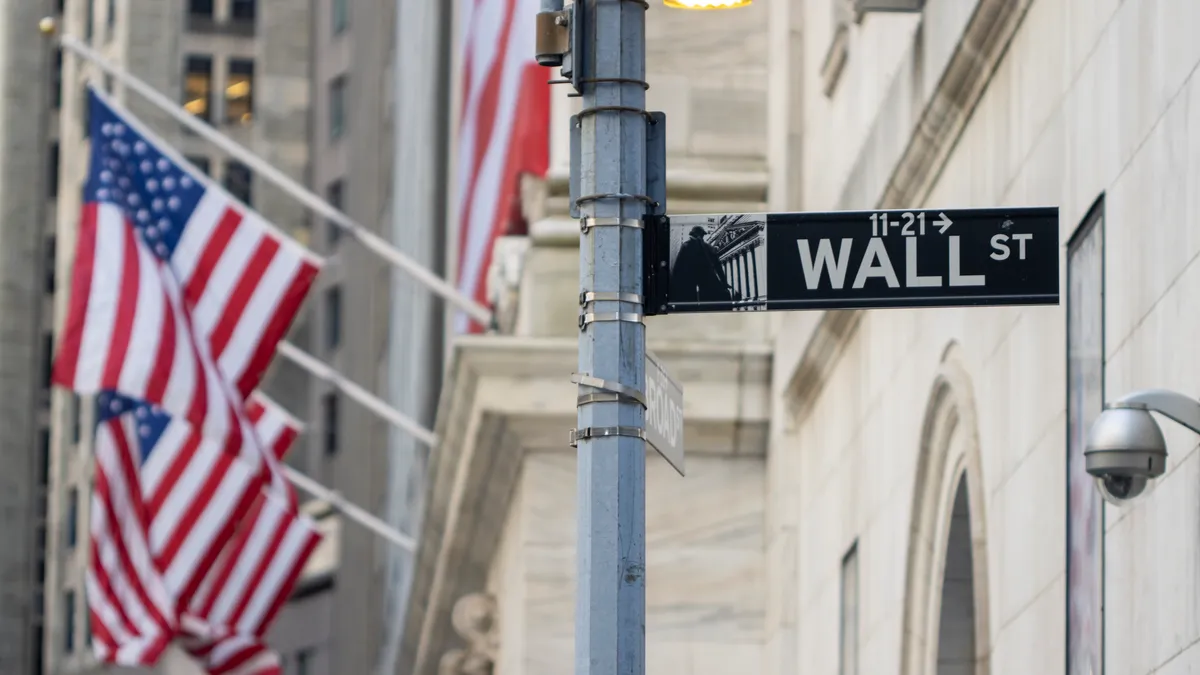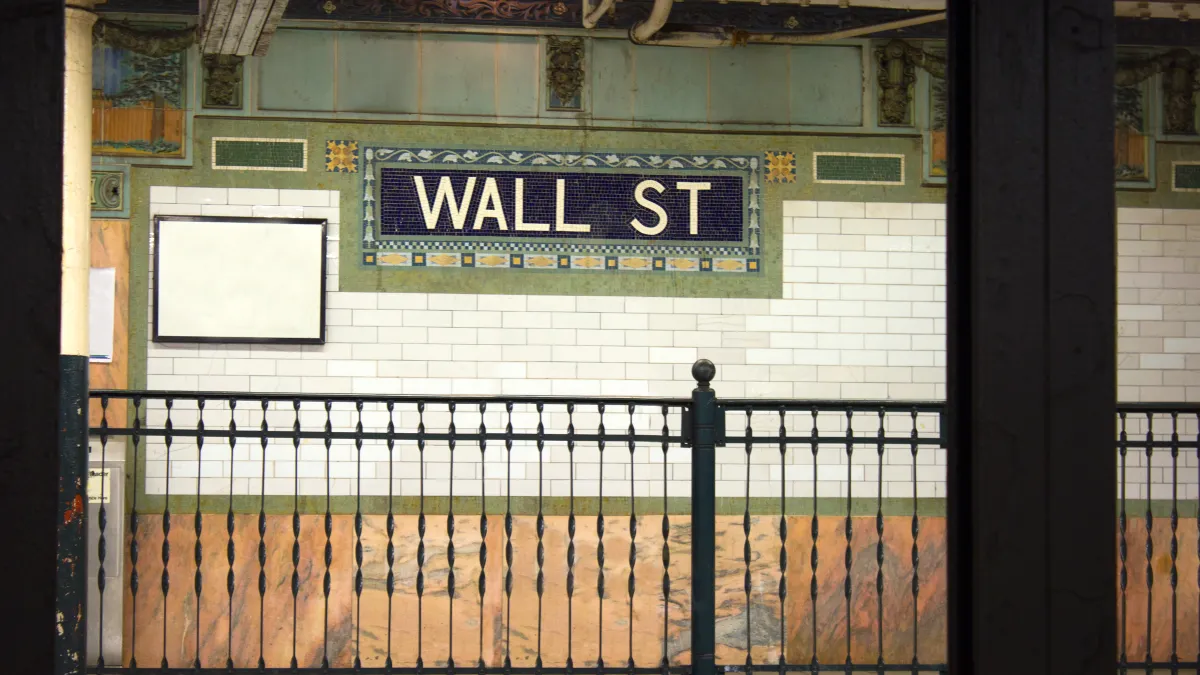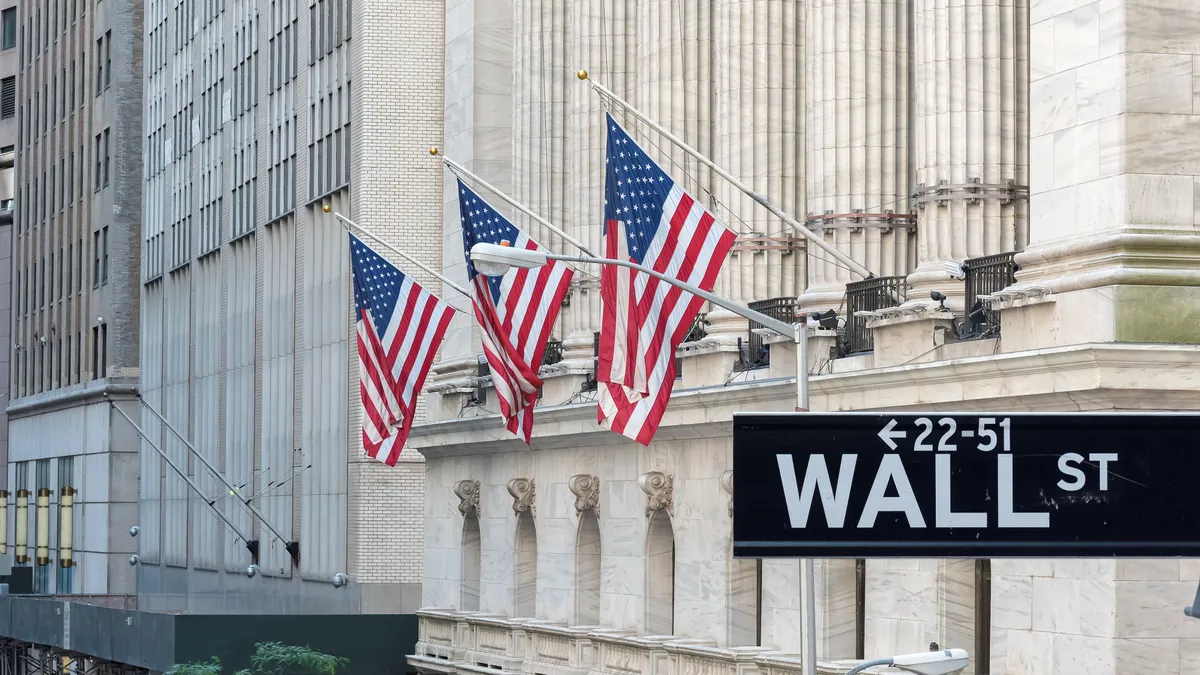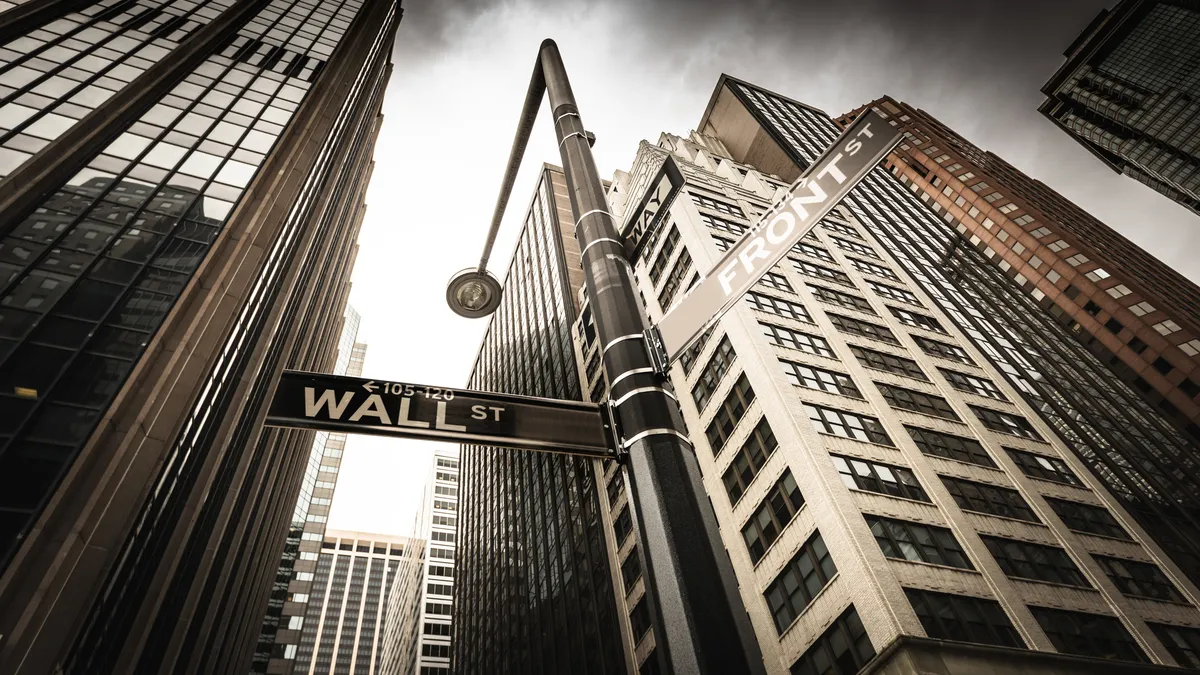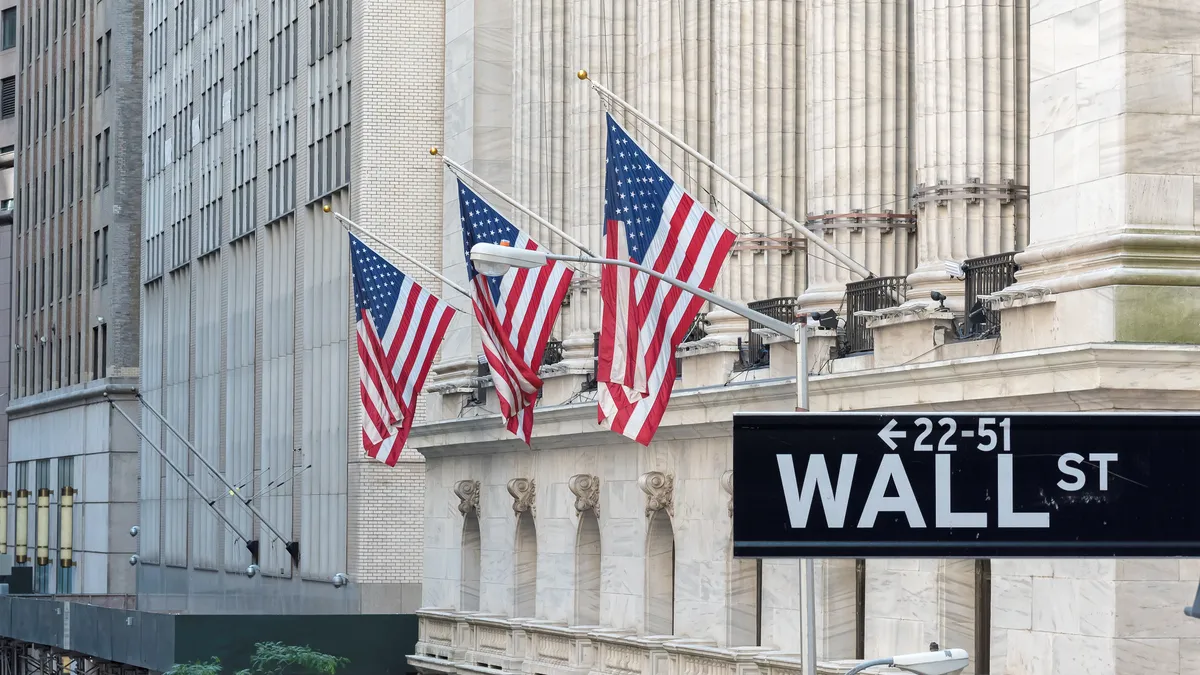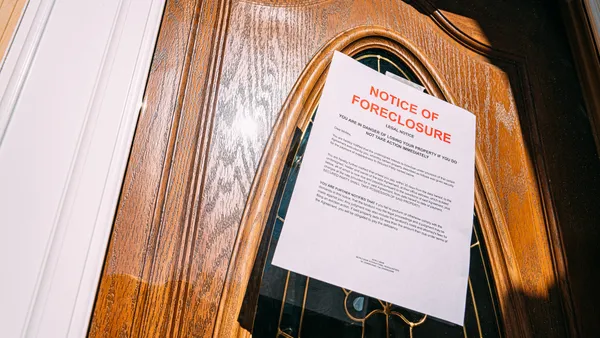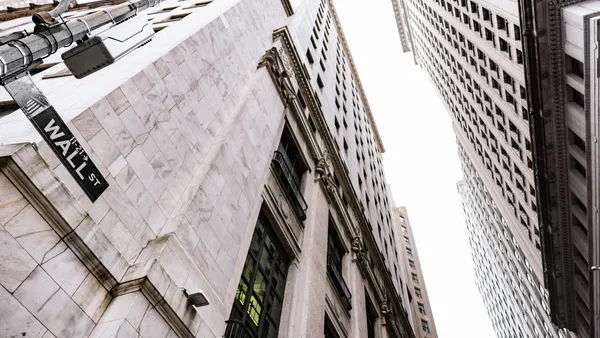Over the past few years, many apartment REITs have been focused on centralizing and automating on-site tasks. In some cases, they are even operating communities without any staffers on-site.
If you ask most industry experts, the leader in the quest is UDR. The Denver-based firm will continue to be aggressive in this rising expense environment. Its portfolio currently includes approximately 30 unstaffed properties, and it expects to push that up to 35 or 40 this year as it seeks onsite efficiencies.
A big part of UDR’s centralization push revolves around maintenance, Mike Lacy, senior vice president of operations, said on UDR’s Q4 earnings call earlier this week. “We're putting in place some technology as it relates to maintenance,” he said. “We think we can compress our days vacant on the turn side. We think R&M [repair and maintenance] will be benefiting from that.”
Even with UDR’s efficiencies, its Q4 expenses rose 6.8% due to higher general, administrative and maintenance costs.
UDR sees pressures on utility, repair and maintenance, and insurance into 2023. “On utilities, we are working on different ROI that should make us a little bit more efficient with our vacant electric as well as just common-area lighting,” Lacy said on the call.
Growth through partnerships
With a high bid-ask spread stalling the sales market and interest rates rising, UDR pulled away from transactions as 2022 progressed, selling one property in Orange County, California, for approximately $42 million in Q4.
“We adhered to the capital market signals, growing opportunistically when our equity was attractively priced early in the year and actively pivoting to a capital-light strategy when our cost of capital increased,” CEO Tom Toomey said on the earnings call.
UDR will look to grow through its redevelopment pipeline and developer capital program, which provides capital to apartment builders for new projects. Over the years, the REIT has bought about half of the properties built under that initiative.
BY THE NUMBERS
| Category | Q4 | YOY Change |
| Property revenues | $294.5 million | 9.9% |
| Net operating income | $197.6 million | 10.9% |
| Operating expenses | $97 million | 8.1% |
| Funds from operations | $1.74 | 23 bps |
| Rent per unit | $1,953 | 12.7% |
| Occupancy rate | 95.8% | -80 bps |
SOURCE: UDR
“You're also seeing some of the preeminent developers come back and look for this type of capital,” said Joe Fisher, UDR's president and chief financial officer. “So you may get better sponsorship within those investments as well as potentially better assets within those investments.”
On the joint venture front, UDR would like to find a partnership like the one it had with MetLife, which holds 13 properties totaling 2,837 units.
“It's a way for us to continue to expand the enterprise, utilize our operational and transaction skill sets to grow accretively and continue to gain scale overall,” Fisher said.
UDR is also deciding whether to begin construction on Phase II of its Newport Village project in Alexandria, Virginia. “In the next 30 days, we should get final cost estimates on that and final refinement of return expectations,” Fisher said.
Start spreading the news
If UDR's results are any indication, the rental market in New York City is back from the pandemic doldrums. The REIT posted a 15% blended rate growth in the market, including new and renewal leases.
“What we're experiencing there is strong demand,” Lacy said. “We've got traffic up on a year-over-year basis, still running around 98% occupancy, no concessions in the marketplace and really no supply to speak to in the city itself. So New York feels very strong for us.”
UDR saw its strongest revenue growth in Tampa, Florida (18.9%), and Nashville, Tennessee (17.5%). On the other end of the spectrum, San Francisco and Washington, D.C., lagged behind other markets.
“Concessions remain minimal and have been primarily concentrated in certain submarkets of San Francisco and Washington, D.C., averaging around two to three weeks,” Lacy said. “Recently, concessions of one week on average have appeared in Austin, [Texas]; Dallas; and Denver.”
Traffic across the REIT’s portfolio was sluggish in the first two weeks of January but picked up after that, making the firm “cautiously optimistic” about the year ahead, according to Lacy.
“We are hopeful that what we're experiencing over the last few weeks is a trend and something we'll continue to see as we move forward,” Lacy said.
Click here to sign up to receive multifamily and apartment news like this article in your inbox every weekday



